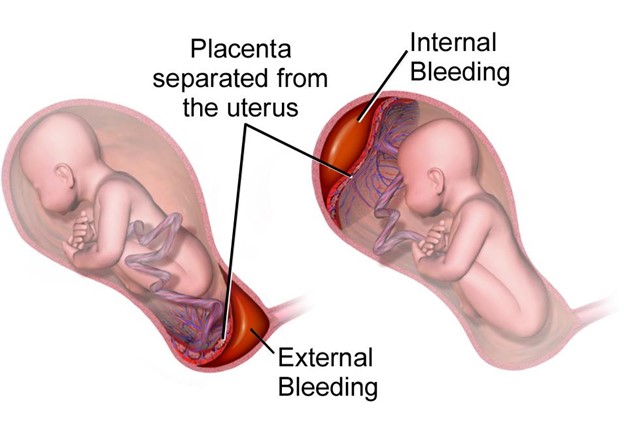True or False. For breast engorgement, do fresh cabbage leaves placed inside the bra can help alleviate pain associated with breast engorgement?
True.
False.
The Correct Answer is A
Fresh cabbage leaves have been traditionally used as a home remedy to help alleviate pain and discomfort associated with breast engorgement. The coolness of the cabbage leaves can provide a soothing effect, and they may also have anti-inflammatory properties that help reduce swelling. However, it is important to note that this should be used as a complementary measure and not a substitute for medical treatment or advice if the engorgement is severe or persistent.
Nursing Test Bank
Naxlex Comprehensive Predictor Exams
Related Questions
Correct Answer is B
Explanation
Choice A rationale:
An axillary temperature of 36.5°C (97.7°F) is within the normal range for a newborn. Normal axillary temperature for a newborn is typically between 36.5°C to 37.5°C (97.7°F to 99.5°F).
Choice B rationale:
This is the correct choice. Nasal flaring in a newborn is a concerning sign and may indicate respiratory distress. It suggests that the baby is having difficulty breathing and should be reported to the provider for further evaluation.
Choice C rationale:
A heart rate of 158/min is within the normal range for a newborn. The normal heart rate for a newborn can range from 100 to 160 beats per minute.
Choice D rationale:
Having one void since birth is not a concerning finding for a 10-hour-old newborn. In the early hours of life, the frequency of voids may vary, but the baby should have an increasing number of wet diapers in the following days.
Correct Answer is A
Explanation
Choice A rationale:

Continuous abdominal pain and vaginal bleeding in a client with a history of cocaine use are indicative of abruptio placentae. Abruptio placentae is a medical emergency where the placenta detaches from the uterine wall before delivery, leading to severe bleeding and abdominal pain. Immediate medical intervention is necessary to prevent complications for both the mother and the baby.
Choice B rationale:
Hydatidiform mole is a gestational trophoblastic disease that occurs due to an abnormal pregnancy. It is not associated with continuous abdominal pain and vaginal bleeding. Instead, clients with this condition often present with vaginal bleeding and a grape-like cluster of cysts in the uterus.
Choice C rationale:
Preterm labor involves regular uterine contractions and cervical changes before 37 weeks of gestation. While preterm labor can cause abdominal discomfort, it is not usually described as continuous abdominal pain. Vaginal bleeding is not a typical symptom of preterm labor.
Choice D rationale:
Placenta previa is a condition where the placenta covers the opening of the cervix. It can cause painless vaginal bleeding, but it is not usually associated with continuous abdominal pain. Clients with placenta previa often experience sudden, painless bleeding later in pregnancy.
Whether you are a student looking to ace your exams or a practicing nurse seeking to enhance your expertise , our nursing education contents will empower you with the confidence and competence to make a difference in the lives of patients and become a respected leader in the healthcare field.
Visit Naxlex, invest in your future and unlock endless possibilities with our unparalleled nursing education contents today
Report Wrong Answer on the Current Question
Do you disagree with the answer? If yes, what is your expected answer? Explain.
Kindly be descriptive with the issue you are facing.
